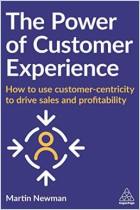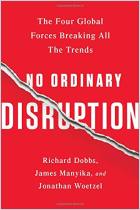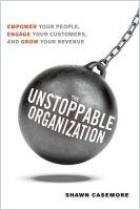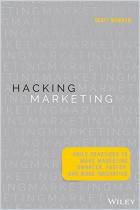导读荐语
多次在年度非明显趋势报告中给出过准确预测、畅销书《喜好与信任》的作者罗希特·巴尔加瓦现在向我们揭示了他的工作方法体系。他形容自己是信息的策展人,而这些成千上百的信息反映了当今社会的千变万化。在看似毫无干系的行业、行为和想法中他找出微妙但广泛的联系,然后长时间监测归纳出囊括新趋势的模式,并将其运用在实际操作中。他的“非显著”思维流程能让人更深入地了解作为互动消费者的用户,也会帮你预测短期内用户行为模式的变化,并利用这些信息帮你改进业务。巴尔加瓦介绍了他对15个主要趋势的分析以及应用它们改善业务的方法,并阐明了他的预测过程。getAbstract建议对强悍的企业家和好奇的消费者进行趋势预测。
浓缩书
关于作者
罗希特·巴尔加瓦(Rohit Bhargava),乔治敦大学教授,在他的《非显著趋势报告》(Non-Obvious Trend Report)中预测未来趋势。他创办了影响力营销集团并撰写了畅销书《喜好与信任》(Likeonomics)。


















恭喜你又学完了一篇干货!复述、评论及做笔记是对知识最大的致敬↓ 或者 开始讨论
大数据讲究什么,
全量分析而非增量分析,
高效分析而非精确分析,
相关分析而非因果分析
趋势也是建立在观察和分析基础上,也是对全量分析,而非仅仅对增量分析。因为全量分析,而非抽样分析,对结果的精确度要求就没有那么高, 仅仅分析是否存在相关关系,而非存在因果关系,最终目的是获取对用户行为意愿的分析。
趋势分析需要趋势假设,案例收集, 反例分析,趋势分析, 趋势定义, 趋势验证, 趋势使用。
趋势假设可以存在, 然后再去收集案例,这是自上而下的获取案例。
但是不假设分析,而仅仅从案例开始, 逐步的建立假设, 并逐步修正,自下而上可能是建立趋势假设的更好方法。
趋势分析和大数据最显著的区别在于对案例采集的范围和规模无穷无尽,需要广泛的好奇心和想象力,以及分析能力。